ANSYS CFD: Mastering External Aerodynamics & Turbomachinery
Become an Expert in External Aerodynamics and Turbomachinery CFD with Ansys’ Leading Software Suite
4.16 (414 reviews)
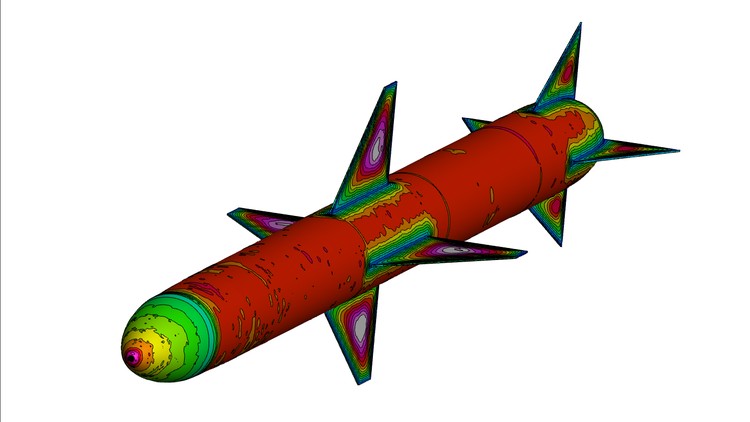
5,385
students
24.5 hours
content
Oct 2024
last update
$64.99
regular price
What you will learn
Should be able to process geometry in Spaceclaim.
Import model in ICEMCFD and create high quality tetra-prism mesh with proper resolution.
Solve and post process problem in Fluent
Be will be able to solve external aerodynamics using CFD techniques
Solve turbomachinery CFD
Understands turbulence modeling, boundary layer and Y+
Screenshots
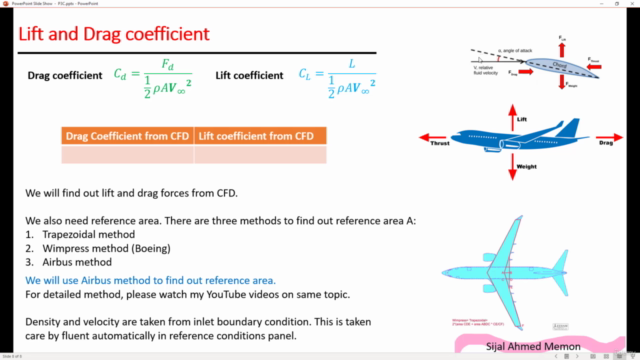
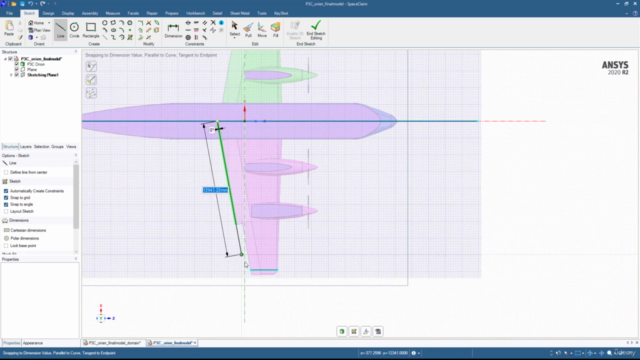
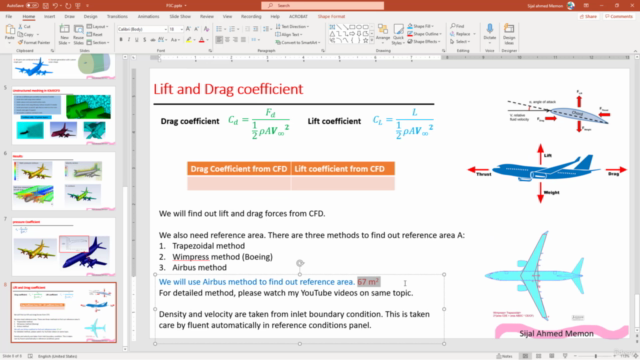
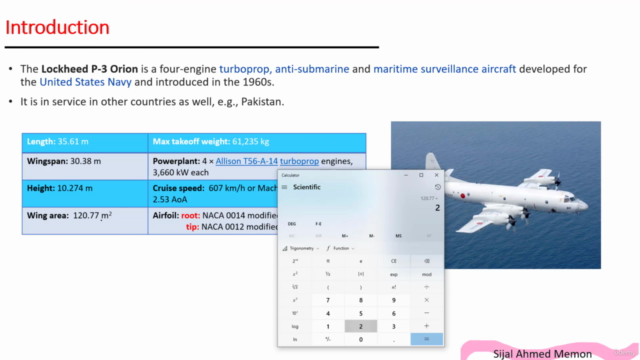
Related Topics
1762176
udemy ID
6/23/2018
course created date
10/6/2019
course indexed date
Bot
course submited by